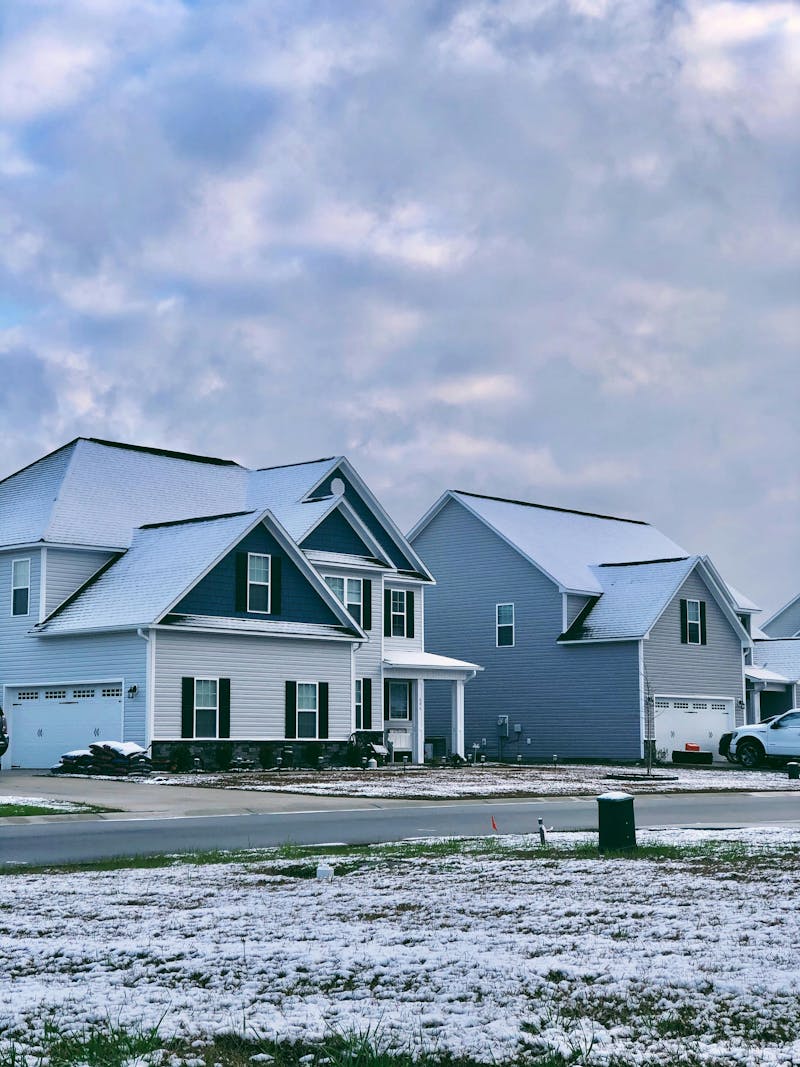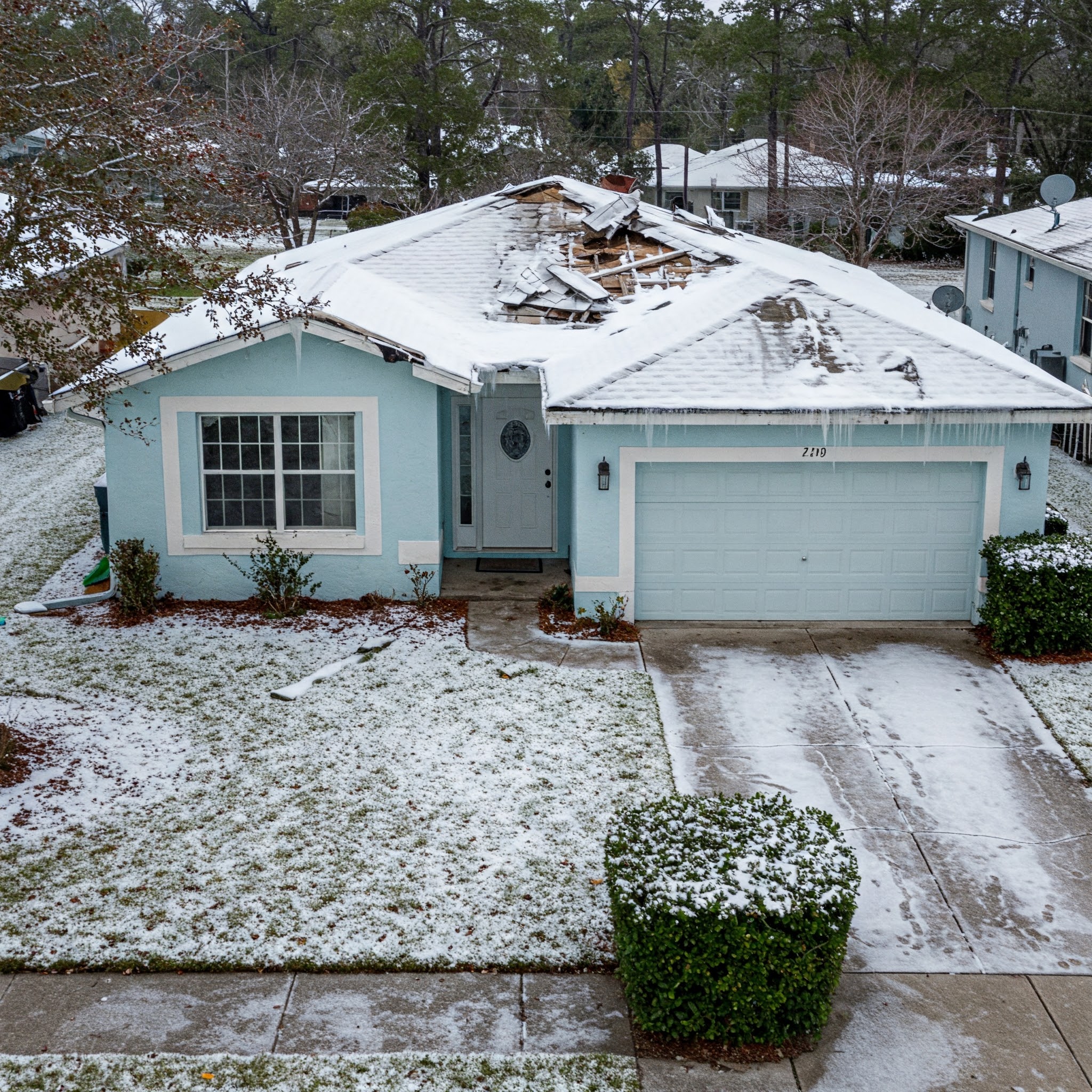
Who would've thought we'd be talking about snow in Houston and snow in Pensacola? But here we are. A rare and historic winter storm has struck the Gulf Coast, which covers parts of Texas and Florida with snow and ice. If you're scratching your head wondering how to deal with this mess, you're not alone. Let's break down what you need to know about handling insurance claims after this snowstorm.
What Kind of Damage Can Severe Winter Weather Cause?
There are various kinds of damage that a snowstorm can cause. Here are some of the most common problems you might face:
- Roof Damage: Snow can be heavy, so it depends if your roof can be able to withstand the weight.
- Frozen Pipes: When the temperature drops, it could be possible that the pipes can burst due to the frozen water.
- Power Outages: There is a chance that the heavy snow can knock down the power lines.
- Wind Damage: High winds often accompany winter storms, which can rip off shingles or create other structural issues.
- Hail Damage: If the storm includes hail, it can further damage your roof, siding, and windows.
Does insurance provide coverage for property damage caused by snow?
Yes, homeowners' insurance typically provides coverage for snow damage to your property. However, snow can be beautiful, but it can also cause damage to your home. The good news is that your homeowner's insurance has got your back in many cases. Here's what you need to know:
Types of Snow Damage Covered
- Roof Damage: If the weight of snow and ice causes your roof to collapse, you're generally covered
- Water Damage: It is covered by the homeowners’ policy so if there is a problem with the pipes and it bursts then it could be possible that it can be covered.
- Falling Trees: Did heavy snow cause a tree branch to crash onto your house? Don't worry, that's typically covered too
- Personal Property: Your belongings inside the home that get damaged due to snow-related incidents? Yes, usually covered
What's Not Covered?
Here's where things get a bit tricky:
- Flood damage from melting snow isn't usually covered by standard policies. You might need separate flood insurance for that.
- Damage due to neglect or poor maintenance.

What do you need to know about Ice Damage
Ice damage is one of the most common and costly issues caused by severe winter weather. Frozen gutters and frozen pipes can lead to significant property damage, including water leaks, roof issues, and even structural problems. If your home has been affected by ice damage, it's important to document the damage and act quickly to prevent further problems. By doing so, make sure to check your insurance policy to see if ice-related damage is covered.
How to File an Insurance Claim After a Snowstorm
Here are the top 3 steps that you should do when filing your insurance claim after the snowstorm:
1. Make sure you document everything by doing this
- It’s important to take photos and videos of what has been damaged to your property.
2. Reach out to your insurance company
- Notify your insurance company as soon as possible to report the damage to your home and find out what is covered.
3. Work with an Adjuster
- It could be through your insurance company, or it could be through a public adjuster. If you are concerned about getting a fair settlement, consider going for a public adjuster to support you.
We’re Here to Help
If you have any troubles with your insurance claims, you don’t have to handle it alone. At Vargas, Gonzalez, Delombard, LLP we specialize in helping homeowners and businesses to support them through insurance claims after disasters like snowstorms. Whether it’s snow damage, ice damage, or wind damage, we’re here to protect your rights and ensure your home gets the attention it needs.

Contact Us Today
If you’ve been affected by the recent snowstorm, don’t wait to get the help you need. Contact us at Vargas, Gonzalez, Delombard, LLP to schedule a free consultation. We’ll help you protect your rights and get the compensation you deserve.

